 |
| Bhutan and the land attract travel enthusiasts to experience the unique culture and natural beauty. (Source: Shutterstock) |
Colorful monasteries, snow-capped mountain peaks, ancient fortresses and peaceful Buddhist villages amidst chili fields… All combine to create a captivating Bhutan on every winding road.
This small country located in the middle of the Himalayas has chosen its own path by operating on the principle of “high value, low volume” with a sustainable development fee (SDF) of 100 USD/day for adults and 50 USD/day for children 6-12 years old.
That seemingly expensive price opens up for tourists the opportunity to experience one of the rare lands that still retains its pristine beauty, where national happiness is measured by the balance between nature, culture and people.
Below are 9 destinations not to be missed when traveling to Bhutan suggested by the world- famous American travel book publisher Lonely Planet .
Paro
 |
| Almost every visitor to Bhutan takes the time to hike to the Tiger's Nest Monastery – a sacred landmark near the town of Paro. (Source: Shutterstock) |
Home to Bhutan’s only international airport, Paro is often the first or last stop on any visitor’s itinerary. Whether arriving or departing, it is a good idea to hire a car and guide to explore the cultural and religious heritage that runs through the Paro Valley.
Less than 10 minutes from the airport, visitors can reach the ancient riverside town of Paro, famous for its National Museum, the majestic Paro Dzong fortress and the iconic Taktshang Goemba (Tiger's Nest) monastery, which offers a challenging but rewarding 6.4 km hike.
Paro town is also a must-see stop. The narrow streets, bustling weekend markets with Himalayan honey and traditional crafts make for an intimate yet unique experience. When you get hungry, a place like Momo Corner with its fresh momo dumplings is the perfect way to end your stroll.
Thimphu
 |
| The majestic Trashi Chho Dzong is reflected in the river in the capital Thimphu. (Source: Getty) |
Bhutan’s capital, Thimphu, offers a blend of traditional culture and modern cosmopolitanism. Visitors can spend a day designing their own stamps at the Bhutan Postal Museum, visit the massive Trashi Chho Dzong, stroll around the National Memorial Chorten, or simply stop to watch uniformed policemen directing traffic with their hands – there are no traffic lights in the country.
As the sun sets behind the mountains, Thimphu comes to life. Bars and clubs like Mojo Park or Grey Area – an art bar known for its live music – are where you can mingle with locals over a bottle of Bhutanese Red Panda beer or a glass of ara, the traditional rice wine.
Don’t forget to take some time to stroll the hills surrounding the city. One of the most pleasant options is the flat, scenic trail that runs along the western side of the valley, from the BSS communication tower to Wangditse Goemba monastery, offering peaceful views of Bhutan’s capital.
Punakha
 |
| Punakha Dzong – an ancient fortress associated with the ancient capital of Bhutan. (Photo: Sy Dung) |
Punakha – the ancient capital of Bhutan, carries within it a rhythm of life connected with the rivers that meet in the heart of the valley. From the magnificent Punakha Dzong, just a short walk away, visitors will come across the long suspension bridge spanning the river, one of the largest bridges in the country, covered with colorful prayer flags fluttering in the wind.
Not only do you get to admire the beautiful mountains and rivers, this place also offers the experience of rafting through rapids on the Po Chhu and Mo Chhu rivers, to fully experience the wild and vibrant beauty of this land.
Khoma
 |
| Khoma, a famous weaving village in Bhutan. (Source: Shutterstock) |
Khoma, a small village in Lhuentse district in eastern Bhutan, is known as the textile capital of the country. It has only about 100 residents and is completely devoid of cars, but the sound of the shuttles echoes throughout the day.
On traditional wooden looms, artisans patiently weave fabrics with intricate Buddhist patterns, with colors dyed from minerals and plants harvested from the region.
Coming to Khoma, visitors seem to step into another world - where the beauty of Bhutan exists in every thread and breath of traditional culture.
Phobjikha Valley
 |
| Phobjikha Valley during black-necked crane season. (Source: Shutterstock) |
Driving through the mountains dotted with yaks, visitors will come to one of Bhutan’s most sacred valleys – Phobjikha. The space here has a special serenity, highlighted by the 17th-century Gangte Goemba monastery, located on the hillside overlooking the fertile farmland .
The ancient monastery impresses visitors, but it is the natural beauty of the valley that holds them in. The flat trails are suitable for leisurely strolls, offering sweeping views of the valley.
Activities such as archery, mountain biking, camping, bird watching and picnicking are also popular. For nature lovers, the period from late October to mid-March is ideal to witness flocks of rare and endangered black-necked cranes, a symbol of good luck, gathering here during their migration from Tibet.
Dochula
 |
| Dochu La – a famous scenic spot with pure white stupas. (Source: Getty Images) |
Dochula is a must-see stop for any traveller travelling from Thimphu to Punakha. Hailed as one of the most scenic spots in Bhutan, the pass offers breathtaking views of the Himalayas, especially on clear days when the snow-capped peaks are visible against the blue sky.
Dochula also impresses with a complex of 108 stupas (a sacred number in Buddhism) built to commemorate the Royal Bhutanese soldiers who died in the war against the Assam rebels in 2003.
Crossing the small road, visitors can visit the charming Druk Wangyal Lhakhang temple, then stop at the restaurant on the pass to sip a cup of hot coffee, enjoy cakes or dumplings in the windy mountain forest space.
Laya
 |
| Laya has one of the most beautiful trails in Bhutan. (Source: linkedin) |
The journey to Laya is a challenging one. From Thimphu, visitors must endure a 7-hour arduous drive to Gasa, then continue hiking uphill for another 3-5 hours to reach the highest permanently inhabited village in Bhutan.
But all the effort is well worth it with stunning Himalayan views and a unique cultural experience. Isolated in the mountains, Laya is home to the indigenous Layap people.
This place still retains its traditional way of life, with yak herders on the mountain slopes, people diligently collecting cordyceps, the most precious and rare medicinal herbs, and elders preserving ancient customs. Coming to Laya, visitors not only touch the majestic beauty of nature but also listen to the primitive rhythm of life that has existed for hundreds of years in the Himalayas.
Bumthang
 |
| Bumthang Jakar Tsechu Festival. (Source: Shutterstock) |
Bumthang, a mountainous district in central Bhutan, is considered one of the most sacred lands in the country. Spread over four lush green valleys, it is home to many important relics such as Jampey Lhakhang - a Buddhist temple dating back to the 7th century and Jakar Dzong, a majestic fortress built in 1549, associated with Bhutan's spiritual history.
In addition to its religious values, Bumthang also offers a variety of interesting and intimate experiences. Visitors can stop by the Bumthang Swiss Cheese Factory to enjoy fresh cheese and sweet jam, then visit the Red Panda Brewery right next door to sip local beer.
In particular, in October or November, Bumthang becomes brilliant with the Jakar Tsechu festival, where colorful traditional mask dances vividly represent the Buddhist spirit and Bhutanese culture.
Haa Valley
 |
Haa Valley is one of the most pristine areas of Bhutan. (Source: Bhutan Tashi pel bar) |
Bhutan has plenty of picturesque landscapes, but the Haa Valley stands out for its uniqueness. Located near the China-India border, about a three-hour drive from Paro, it offers some of the country’s most spectacular hiking trails, winding through lush green valleys and peaceful villages dotted with ancient monasteries.
Surrounded by pristine forests and rugged peaks, the Haa Valley is one of Bhutan’s most unspoiled regions. Visitors can challenge themselves with the one-day Haa Panorama Trail, embark on the three-day Sagala Trek, or simply sit by the tranquil Haa River and admire the untouched natural panoramas.
Traveling to Bhutan can take hours to reach each destination, but the winding mountain roads with steep turns provide an unforgettable experience. For those who are passionate about the Himalayan landscape, want to try mountain climbing, learn about Buddhism or simply enjoy the peace, Bhutan always has worthy destinations to add to the journey of discovery.
Source: https://baoquocte.vn/9-noi-phai-ghe-tham-khi-den-quoc-gia-hanh-phuc-bhutan-324909.html



![[Photo] Prime Minister Pham Minh Chinh chairs meeting to deploy overcoming consequences of storm No. 10](https://vphoto.vietnam.vn/thumb/1200x675/vietnam/resource/IMAGE/2025/10/3/544f420dcc844463898fcbef46247d16)








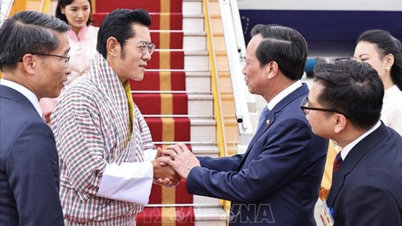


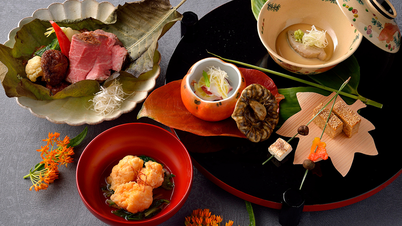




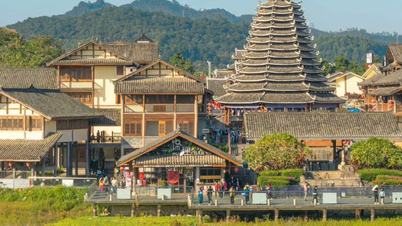
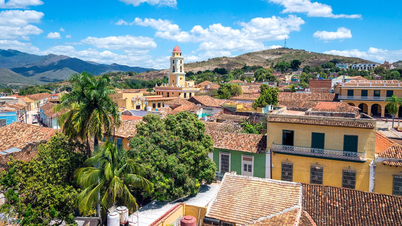




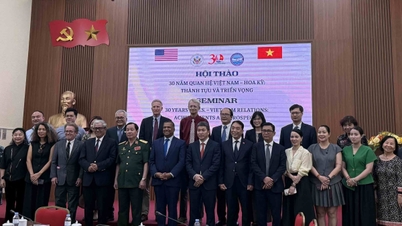
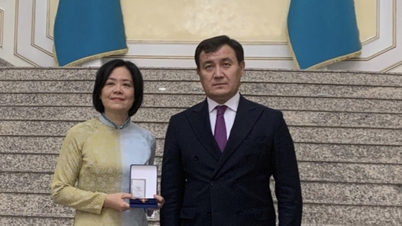




![[Photo] Students of Binh Minh Primary School enjoy the full moon festival, receiving the joys of childhood](https://vphoto.vietnam.vn/thumb/1200x675/vietnam/resource/IMAGE/2025/10/3/8cf8abef22fe4471be400a818912cb85)














































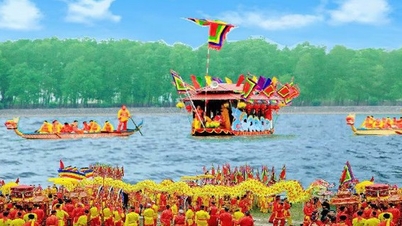


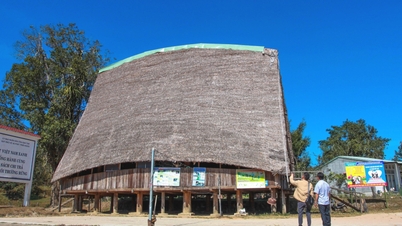

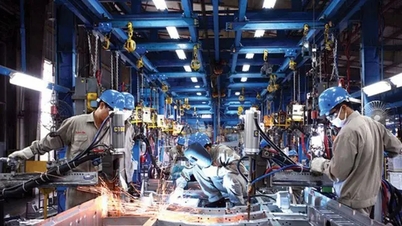
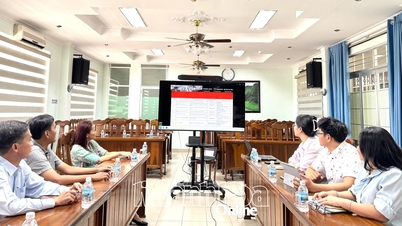

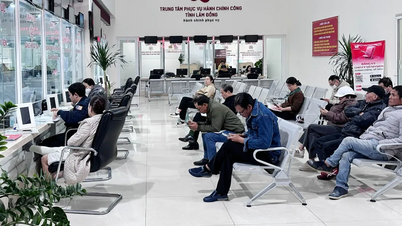

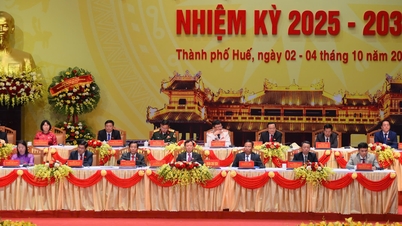













Comment (0)